Italian Coastal Towns 6 That Locals Love Most
Last updated on May 22nd, 2025 at 07:57 pm
So I was stuck in Rome last July, sweating my ass off and watching hordes of tourists shuffle through the same spots like zombies. My Italian buddy Marco took one look at me scrolling through yet another blog about Italian coastal towns, especially the Amalfi Coast, and just shook his head.
“Bro, you’re doing this all wrong,” he said, stealing my phone. “My nonna didn’t fight off German soldiers just so her favorite beach could end up on TripAdvisor. Come on, I’ll show you where real Italians go.”
Three days later I’m white-knuckling it down some goat path in a rental car that sounds like it’s about to die, following directions Marco wrote on the back of a pizza box. No cell service, no GPS, just mountains and more mountains. I’m thinking this guy’s pranking me hard.
Then boom. Tellaro just appears around this hairpin turn like some kind of mirage.
I actually said “what the hell” out loud. This tiny fishing village clinging to rocks, painted houses that look like someone spilled a rainbow, boats bobbing around like they’ve been there forever. An old dude sitting on his steps waves at me like we’re neighbors. Zero crowds. Zero noise except waves hitting rocks.
That was it for me. No more following guidebooks to places where you need reservations just to take a decent photo. I started chasing down every secret spot Marco’s family knew about, plus a bunch they didn’t. Spent the next three summers getting lost on purpose all over Italy’s coast.
Found six places that’ll make you wonder why anyone bothers with the famous stuff.
Table of Contents
Why Everyone’s Been Doing Italy Wrong About Italian Coastal Towns
Here’s the thing nobody tells you – most Italians think tourists are nuts. They watch us pay ridiculous money to eat crappy food while standing in line for hours, and they’re just scratching their heads.
My friend Elena from Naples put it best: “You people are crazy. You come to Italy and go exactly where everyone else goes, then complain it’s too crowded and expensive. Meanwhile, my family’s been going to the same beach for fifty years and we’ve never seen a tour bus.”
She’s got a point. These smaller places give you everything you actually want:
- Food made for people who live there, not tourists with cameras
- Beaches where you’re not fighting for space to put your towel down
- Conversations with folks who actually want to talk to you
- Prices that don’t make you want to cry
- Stories nobody else has heard
The trade-off? You gotta work for it. No fancy hotels, no English menus, no tour guides holding little flags. But that’s exactly why they’re still worth visiting.
Six Places That’ll Ruin Famous Italian Beaches for You
Tellaro, Liguria – Poets’ Hideout
Maybe 200 people live here year-round, and that’s pushing it. The whole village hangs off a cliff like it’s playing chicken with gravity. Every house looks freshly painted even though some have been the same color for decades.
Lord Byron used to hole up here when he needed to write without distractions. Smart move. Something about this place just makes you want to sit and stare at the water for hours. I ended up buying a notebook just because being there made me feel poetic.
There’s this family restaurant called Da Enzo where the same people have been cooking since before my parents were born. Their pesto tastes like summer vacation smells, if that makes sense. The old woman who runs it still makes focaccia every morning before sunrise. I asked if she’d teach me and she just laughed. “First you need Italian blood,” she said.
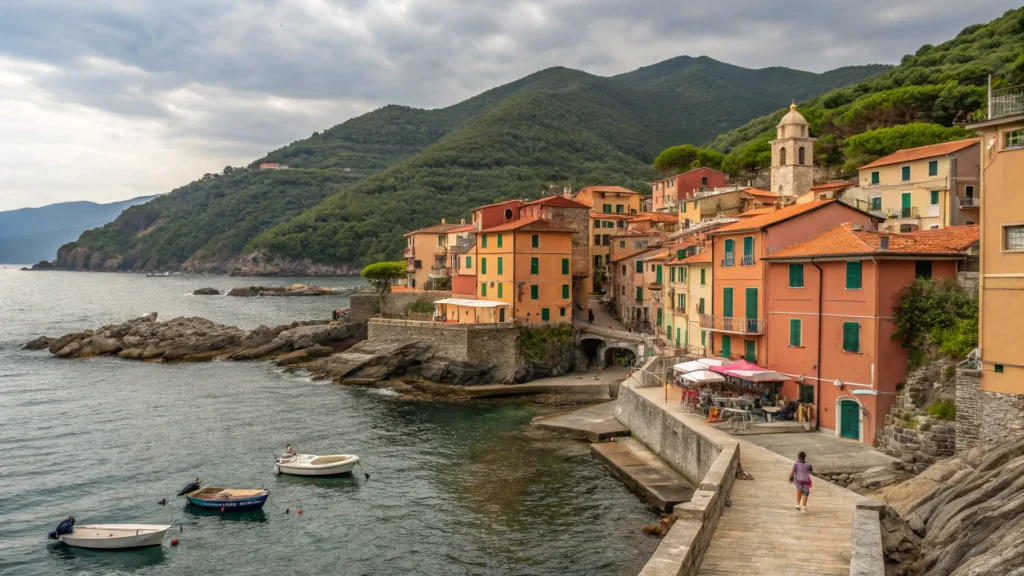

Getting there’s a pain in the ass though. Road’s barely wide enough for a bicycle, and parking’s basically nonexistent. Took me twenty minutes just to find a spot that wouldn’t get my car towed.
Scilla, Calabria – Monster Territory
Homer wrote about this place 3,000 years ago, calling it home to some sea monster named Scylla. These days it’s just fishermen doing what their great-great-grandfathers did, using the same crazy techniques that probably haven’t changed since ancient times.
Met this guy Enzo who’s been hunting swordfish for thirty years. His boat looks medieval – long and skinny with this huge tower where someone sits all day watching for fish. When they spot one, this harpooner runs to the front with a spear like he’s in some ancient war movie.
Watching them work at dawn was insane. Eating what they caught two hours later was even better. Fresh doesn’t even begin to describe it.
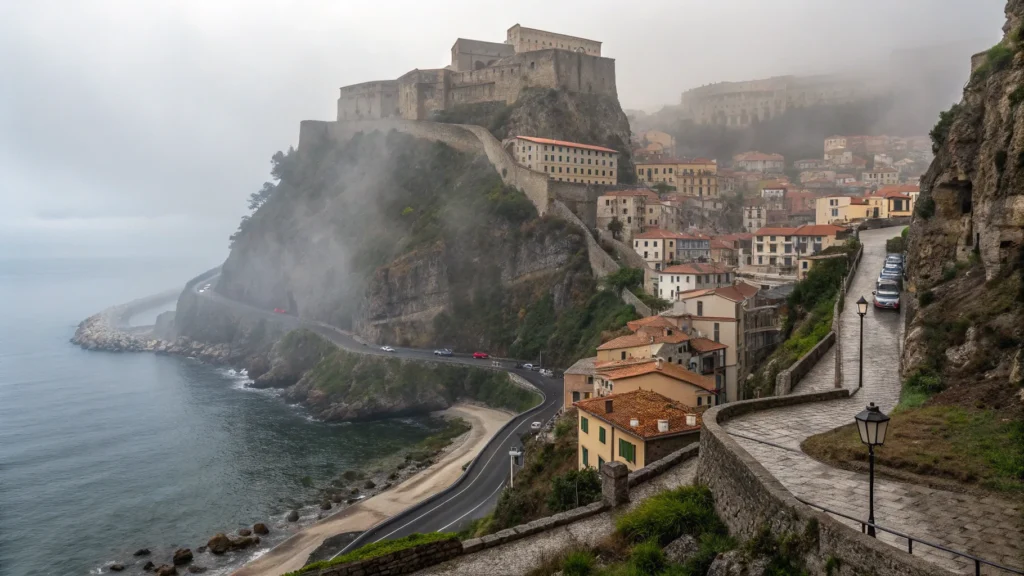

The beaches here are stupid beautiful too. Water so clear you can count fish twenty feet down, and hardly anyone around except locals. Being down south, everything costs half what you’d pay up north.
Found this place called Osteria del Borgo that doesn’t even have a sign. Looks like someone’s garage, which it basically is. Best seafood I’ve ever had, and I’ve eaten at some fancy places.
Camogli, Liguria – Sailor Town
They call it “City of a Thousand White Sails” because back in the day, half the Mediterranean merchant fleet came from here. Walk around the harbor and you can still feel that seafaring energy.
Every house is painted some crazy bright color – yellow, red, green, blue. Turns out sailors needed to spot their homes from way offshore, so families competed to have the most visible house. Pretty clever.
Watched this old guy Giuseppe building a fishing boat the same way his grandfather taught him. No power tools, no modern shortcuts, just wood and skill and patience. He let me help sand it while telling stories about when the whole town lived off the sea.
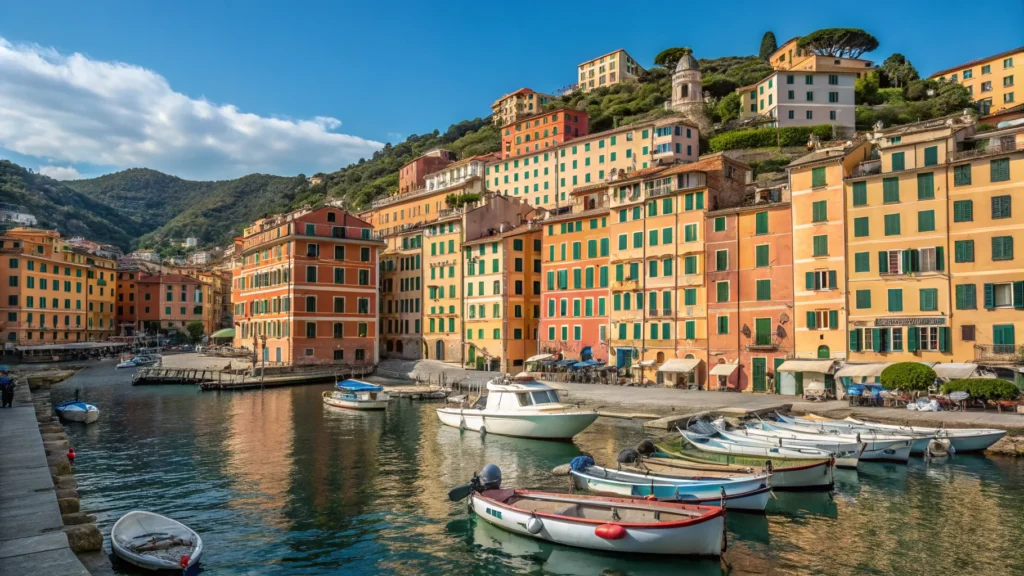

You can hike from here to this hidden abbey called San Fruttuoso that’s tucked away in a cove you can only reach on foot or by boat. The trail goes through forests and along cliffs with views that’ll make you forget why you were in a hurry.
Tropea, Calabria – Cliffs and Weird Onions
Tropea sits on these red cliffs that drop straight down into the bluest water you’ve ever seen. It’s probably the most touristy spot on this list, but still feels real compared to the major destinations.
Here’s the weird part – this town’s famous for onions. I’m not kidding. Tropea red onions are so sweet you can eat them like apples. They’re actually protected by law, so you can’t grow real Tropea onions anywhere else in the world.
Watched a chef make onion gelato that was actually good. The whole town gets weird about these vegetables. There’s even a festival where everyone gets drunk celebrating onions.
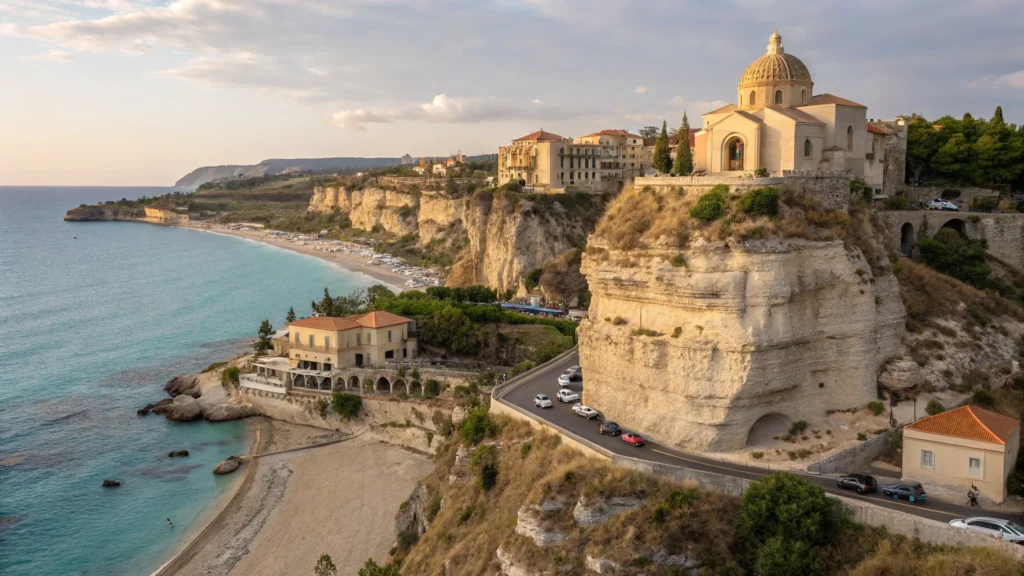

The sunset from Santa Maria dell’Isola church is worth the whole trip. This little church sits on a rock in the water, and when the sun goes down behind it, the sky turns every color you can imagine. Even locals stop what they’re doing to watch.
Noli, Liguria – The Stubborn Town
Noli used to be its own country. Seriously. For over 600 years, this tiny town told everyone else to buzz off and did their own thing. Walking through the medieval streets, you can still feel that stubborn independence.
The old walls are perfectly preserved, and the narrow streets look exactly like they did 500 years ago. But unlike those museum towns where everything feels fake, Noli’s still alive. Kids play soccer in the main square while their grandparents argue about politics from cafe tables.
Happened to be there during their boat race. Local teams compete in traditional boats while the whole town loses their minds cheering. After the race, everyone hits the same bars and parties until the sun comes up. It’s the kind of community thing that tourism usually kills, but Noli somehow keeps it going.
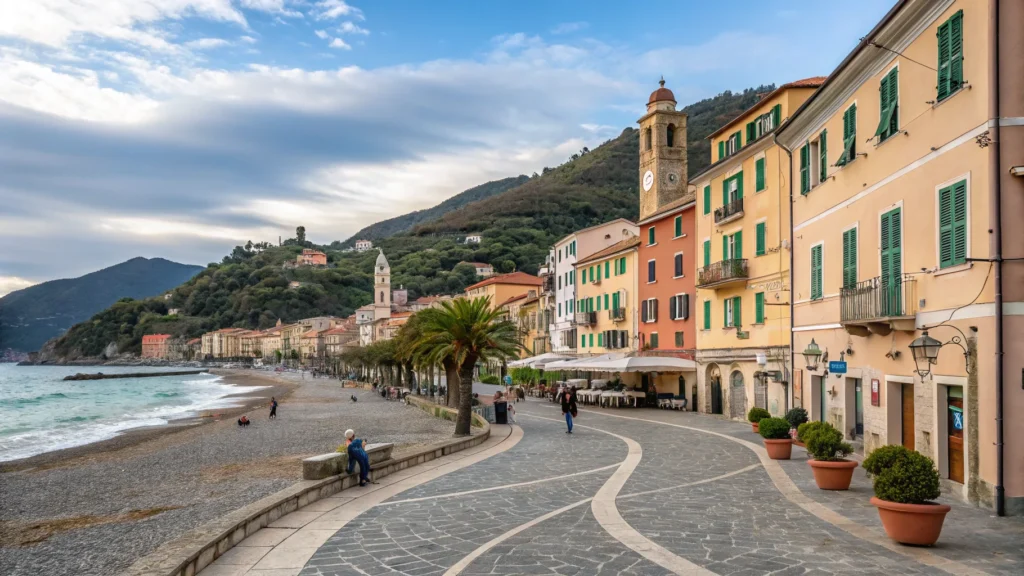

The beach is perfect too – long stretch of sand with medieval walls as your backdrop. Not crowded, not expensive, just a good beach where families have been coming forever.
Cefalù, Sicily – Norman Meets Sicilian
Cefalù’s the biggest place on this list, but the old fishing area still feels intimate. That massive Norman cathedral’s been watching over everything since 1131, and it’s still the most impressive thing around.
Love the morning fish market though. Met this guy Carmelo whose family’s been selling fish from the same corner for five generations. He taught me how to pick good octopus and told stories about how tourism’s changed the town – mostly for the better, he says, because it keeps young people from leaving.
The mix of cultures here is crazy. Arab, Norman, Italian influences everywhere – buildings, food, even how people talk. Like walking through a thousand years of history in a few blocks.
Beach is right in town, so you can swim in the morning and explore medieval stuff in the afternoon. That combination of culture and relaxation that Sicily does better than anywhere.
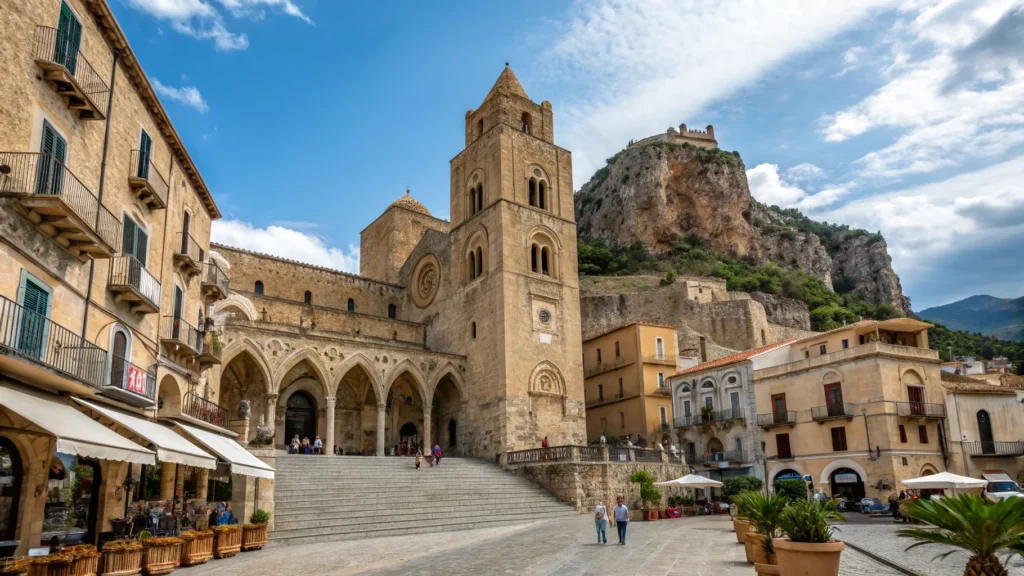

Getting There Without Losing Your Mind
Most of these connect to Italy’s train system, which works better than people say. Regional trains are cheap, usually on time, and you get great views.
But having a car opens everything up. You can explore at your own pace, stop whenever something looks cool, reach places that don’t exist on any map. Just be ready for roads that were built for donkeys and parking situations that require engineering degrees.
Money tip: Call places directly instead of booking online. Family places often give better deals if you talk to them, plus you’re supporting locals instead of some booking company.
Why This Stuff Matters
Look, I’m not trying to keep these places secret forever. These towns need visitors to survive – just the right kind. People who show up curious instead of entitled, who try to speak some Italian, who remember they’re guests in someone else’s home.
When you pick small towns over famous ones, you’re supporting families who’ve been there for centuries. You’re helping keep traditions alive that mass tourism usually destroys. Plus you’re gonna have way more fun.
Nobody cares about your Amalfi photos anymore – everyone has identical ones. But when you can tell stories about learning pasta from someone’s grandmother or helping fishermen with their nets, people actually pay attention.
These six places are what Italy looks like when it’s not putting on a show. Where you can have real talks with real people, where every meal has a story, where beautiful doesn’t come with a gift shop attached.
Next time you’re planning Italy, skip the places everyone else hits. Take a shot on these local favorites. Your Instagram won’t blow up, but you’ll actually remember why you travel.
What hidden gems have you stumbled across? Drop a comment – I’m always hunting for the next secret spot.

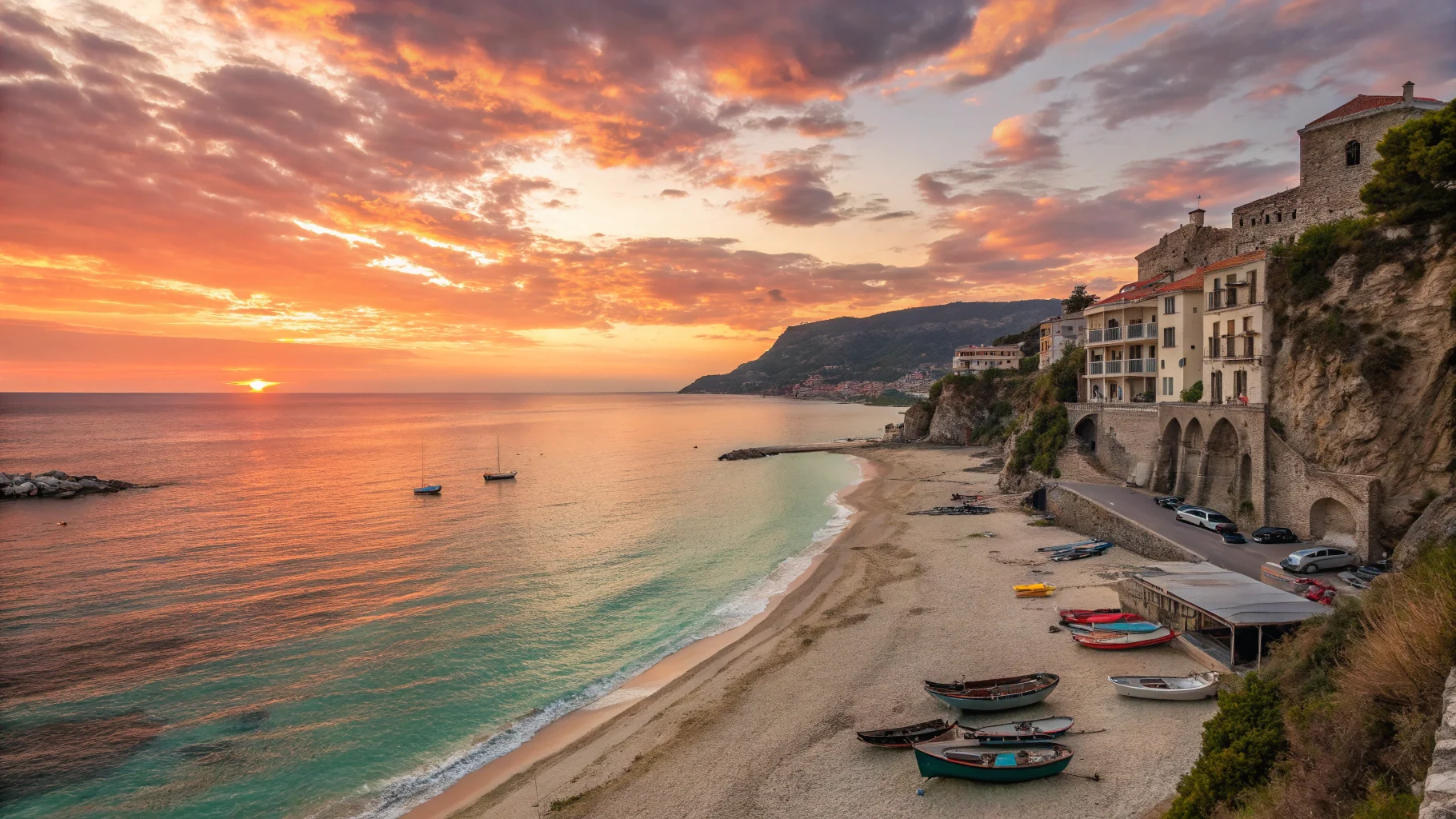
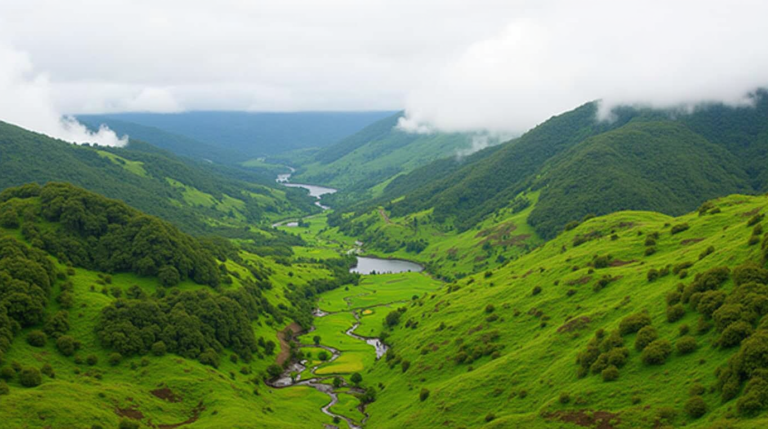
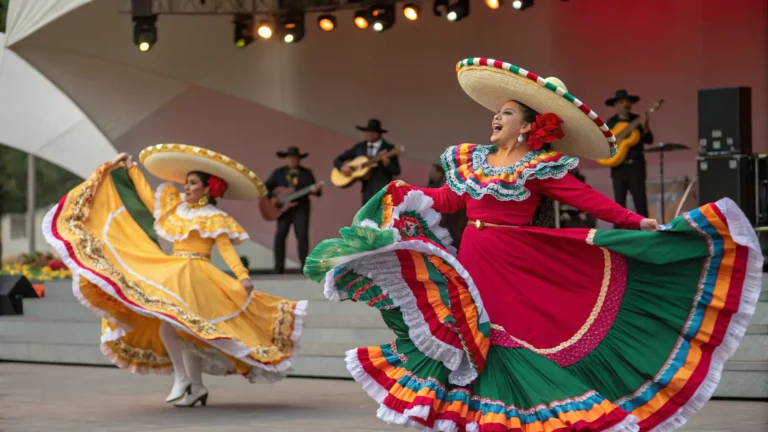
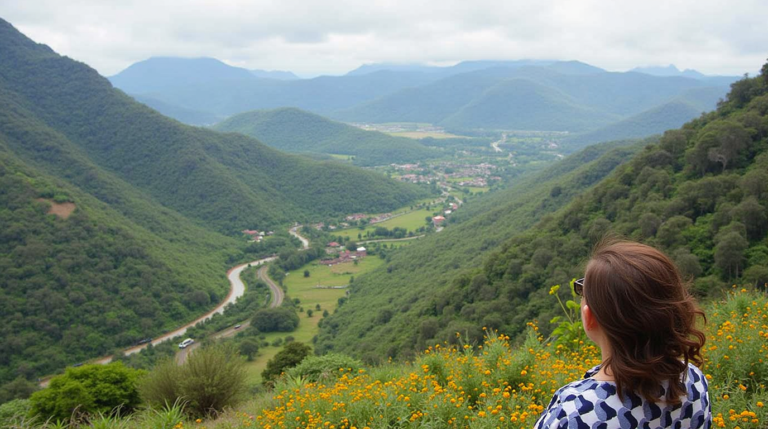
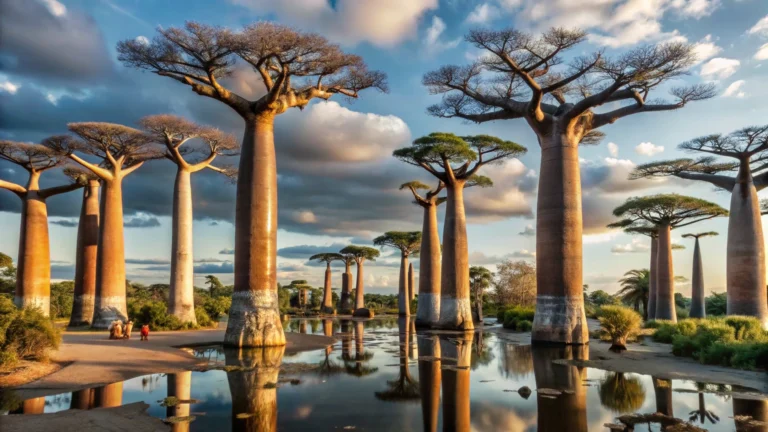
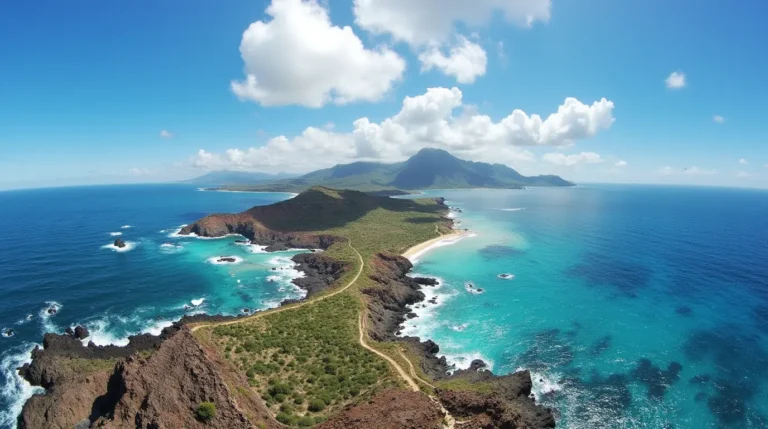
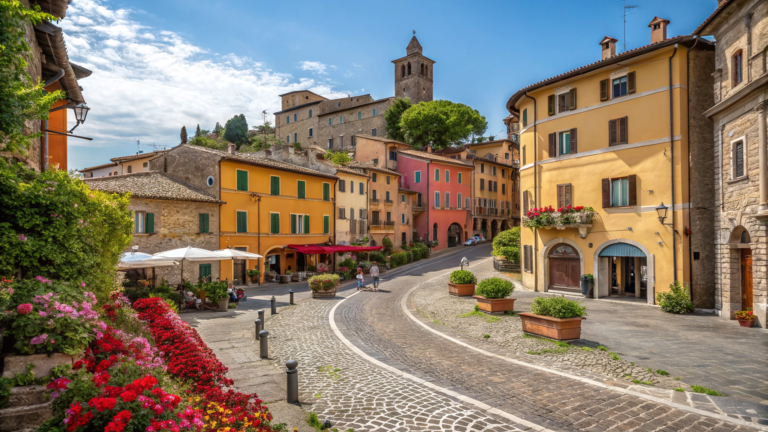
4 Comments